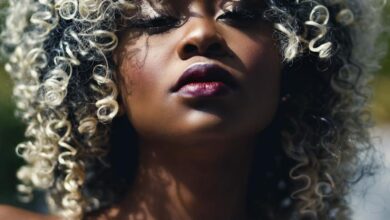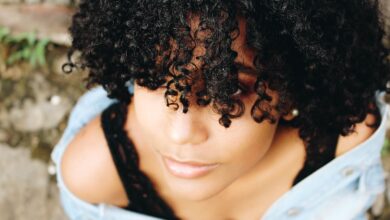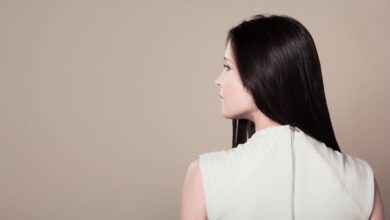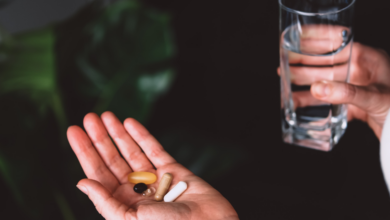
In search of luscious, vibrant locks that make heads turn? Look no further than “Healthy Hair from Root to Tip: Stylish.ae’s Comprehensive Guide.” Packed with expert tips and tricks, this guide explores the essential elements for maintaining and nourishing your hair from its very roots to the very tips. Whether you’re struggling with frizz, split ends, or simply want to revitalize your hair routine, this comprehensive guide is your ultimate resource for achieving healthy and stylish tresses. Say goodbye to bad hair days and hello to the hair of your dreams!
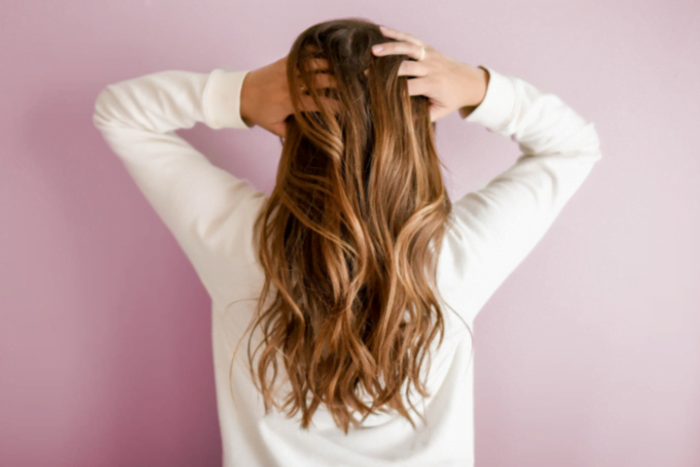
Understanding Hair Structure
Hair Composition
To truly understand hair care, it’s important to first grasp the basics of hair composition. Your hair is primarily made up of a protein called keratin, which is responsible for its strength and structure. Each individual hair strand consists of three main layers: the medulla, cortex, and cuticle.
The medulla is the innermost layer, and it is not present in all types of hair. It is mainly composed of air spaces and protein cells. The cortex, which surrounds the medulla, is the thickest layer and provides the hair with its color and elasticity. It contains pigments called melanin, which determines your hair color. Finally, the outermost layer is the cuticle, which acts as a protective barrier for the hair. It is made up of overlapping scales that lay flat when the hair is healthy, giving it a smooth and shiny appearance.
Hair Growth Cycle
Understanding the hair growth cycle is essential for maintaining healthy hair. The hair growth cycle consists of three main phases: the anagen phase, the catagen phase, and the telogen phase.
During the anagen phase, which lasts for several years, the hair follicle is actively producing new cells and the hair is growing. On average, each hair strand grows about half an inch per month during this phase.
Next comes the catagen phase, which is a transitional phase lasting for a few weeks. In this phase, the hair follicle shrinks and detaches from the blood supply, ceasing active growth.
Finally, the telogen phase is the resting phase, lasting for a few months. At the end of this phase, the hair strand falls out and is replaced by a new one as the cycle restarts.
Hair Shaft Structure
The hair shaft, the visible part of the hair that extends beyond the scalp, also plays a crucial role in hair care. It consists of the cortex, cuticle, and sometimes the medulla. Understanding the structure of the hair shaft is important because it affects how the hair responds to various treatments and styling techniques.
The cortex, as mentioned earlier, gives the hair its color and elasticity. Being the thickest layer, it contains the pigment responsible for your hair color. The cuticle, on the other hand, is the outermost layer made up of overlapping scales. When the cuticle scales are smooth and intact, the hair appears shiny and healthy. However, damage to the cuticle such as excessive heat styling or chemical treatments can cause the scales to lift, leading to dullness and frizz.
Caring for Your Scalp
Maintaining Scalp Health
A healthy scalp is the foundation for healthy hair. Proper scalp care involves keeping it clean, nourished, and balanced. Regularly washing your hair with a gentle shampoo helps remove dirt, excess oil, and product buildup from the scalp, preventing clogged hair follicles and potential scalp issues. It’s important to strike a balance though, as over-washing can strip the scalp of its natural oils, leading to dryness and irritation.
To maintain scalp health, it is also essential to avoid using harsh hair products that contain sulfates or alcohol, as these ingredients can be drying and irritating. Additionally, practicing good hygiene by regularly washing hair accessories like combs and brushes can prevent the accumulation of bacteria and dirt, which can transfer to the scalp.

Choosing the Right Shampoo
When it comes to choosing the right shampoo for your scalp, it’s important to consider your specific hair type and any scalp concerns you may have. If you have a dry or sensitive scalp, opt for a moisturizing shampoo that is free from harsh chemicals. Look for ingredients like aloe vera, coconut oil, or chamomile, which have soothing and hydrating properties.
On the other hand, if you have an oily scalp or dandruff, a clarifying shampoo with ingredients like tea tree oil or salicylic acid can help remove excess oil and control flaking. It’s also worth considering using a shampoo specifically formulated for color-treated hair, as they are typically gentler and help preserve the vibrancy of your hair color.

Using Conditioner and Hair Masks
Conditioning your hair is an essential step in any hair care routine, as it helps maintain moisture, detangles the hair, and adds a layer of protection. After shampooing, apply a good quality conditioner from mid-length to the ends of your hair, avoiding the scalp to prevent weighing down the roots.
For added nourishment, incorporating a hair mask into your routine once or twice a week can do wonders for your hair. Hair masks are formulated with concentrated ingredients that deeply penetrate the hair shaft, providing hydration and repairing damaged strands. Look for masks that contain natural oils like argan oil or shea butter for maximum benefits.
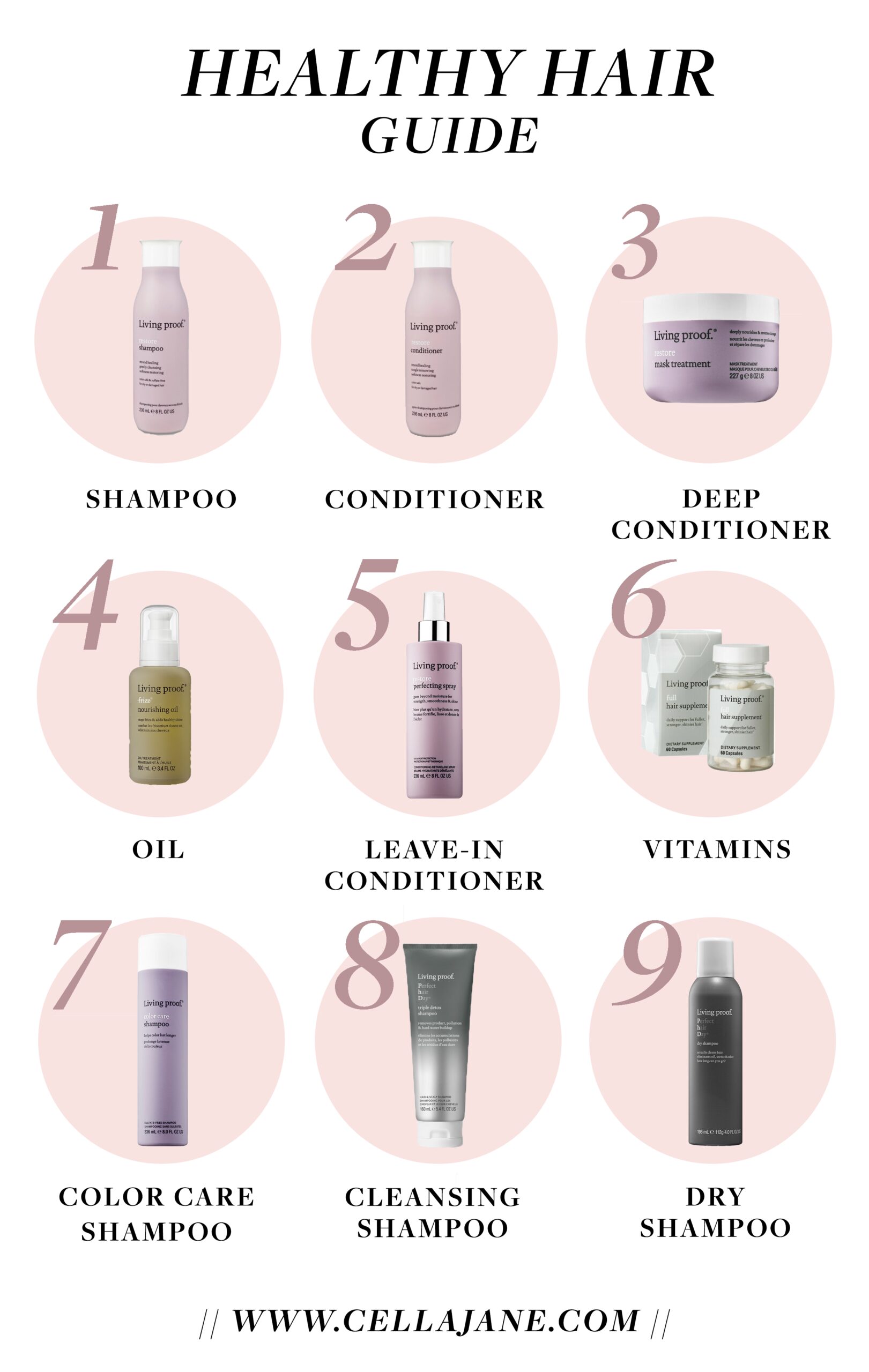
Nutrition for Healthy Hair
Essential Nutrients for Hair Growth
When it comes to achieving and maintaining healthy hair, the role of nutrition cannot be overstated. Your hair needs a variety of essential nutrients to grow and stay healthy. Some of the key nutrients include:
- Protein: As hair is primarily made up of protein, consuming an adequate amount is crucial for healthy hair growth. Incorporate lean meats, fish, eggs, beans, and lentils into your diet to ensure you’re getting enough protein.
- Iron: Iron deficiency can lead to hair loss, so it’s important to include iron-rich foods in your diet. Good sources of iron include red meat, leafy green vegetables, legumes, and fortified cereals.
- Omega-3 Fatty Acids: These healthy fats help nourish the scalp and keep the hair follicles hydrated. Include foods like fatty fish (salmon, mackerel), nuts, seeds, and avocados in your diet to boost your omega-3 intake.
- Vitamins A, C, and E: These vitamins are essential for maintaining healthy hair and a healthy scalp. Incorporate foods like sweet potatoes, carrots, citrus fruits, berries, and leafy green vegetables to ensure you’re getting enough.

Foods to Promote Hair Health
In addition to specific nutrients, there are certain foods that have been found to promote overall hair health. Incorporating these foods into your diet can help nourish your hair from the inside out:
- Eggs: Rich in protein and biotin, eggs are an excellent food for promoting hair growth and strength.
- Spinach: Packed with iron, vitamins A and C, and folate, spinach helps keep the scalp healthy and promotes hair growth.
- Walnuts: These nuts are a great source of omega-3 fatty acids, biotin, and vitamin E, all of which contribute to hair health.
- Greek Yogurt: High in protein, vitamins B5 and D, and vitamin B12, Greek yogurt helps strengthen the hair strands and improve scalp health.
Supplements for Hair
While a balanced diet should provide most of the essential nutrients for healthy hair, some individuals may benefit from hair supplements. Supplements like biotin, collagen, and vitamins specifically formulated for hair can be taken to support hair growth and overall hair health.
However, it’s important to consult with a healthcare professional before starting any new supplements, as they can interact with medications or have other potential side effects. It’s also worth noting that supplements should be used as a complement to a healthy diet, not a replacement.
Avoiding Damaging Hair Practices
Overstyling and Heat Damage
Excessive heat styling can cause significant damage to your hair over time. The high temperatures from tools like hair straighteners, curling irons, and blow dryers can deplete the moisture from your hair, leading to dryness, brittleness, and breakage.
To minimize heat damage, use these tools sparingly and always apply a heat protectant product before styling. Lower the heat setting on your styling tools whenever possible and limit the amount of time heat is applied to each section of hair. Additionally, allow your hair to air dry whenever you can or use the cool setting on your blow dryer.
Chemical Hair Treatments
Chemical treatments like perms, relaxers, and hair dyes can dramatically alter the structure of your hair, but they can also cause damage if not done properly or excessively. Chemical treatments can weaken the hair strands, making them more prone to breakage and dryness.
If you choose to undergo a chemical treatment, it’s important to follow the instructions carefully, have it done by a professional stylist, and take proper care of your hair afterwards. Deep conditioning treatments and regular trims can help minimize the damage caused by chemical treatments and keep your hair looking healthy.
Hairstyles that Cause Breakage
Certain hairstyles can cause excessive tension or pull on the hair, leading to breakage and damage. Styles like tight ponytails, braids, buns, or hair extensions can cause stress on the hair shaft and scalp.
To avoid breakage, opt for loose hairstyles and avoid pulling your hair too tightly. Using hair accessories like scrunchies instead of elastic bands can also help minimize damage. It’s important to listen to your hair and give it breaks from tight hairstyles to allow it to recover.
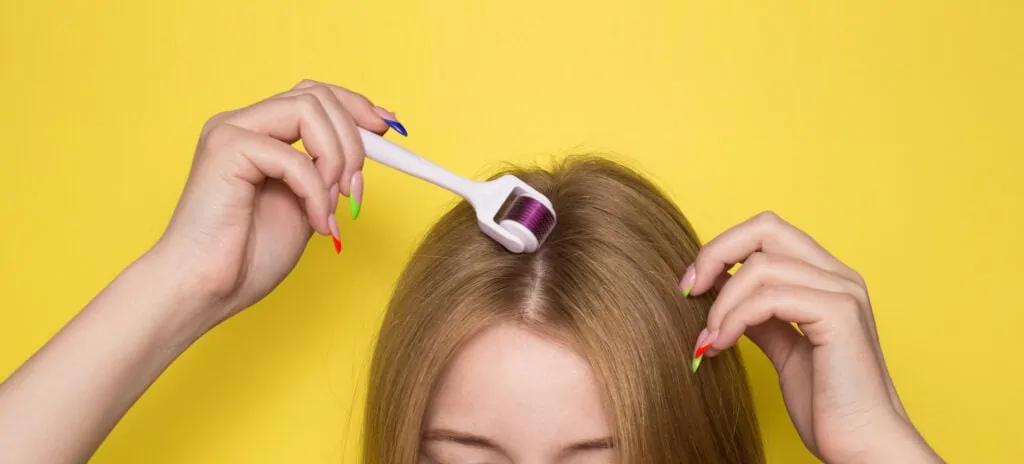
Daily Hair Care Routine
Choosing the Right Hairbrush
The type of hairbrush you use can greatly impact the health of your hair. Opt for brushes with natural bristles, as they are more gentle on the hair and scalp. Boar bristle brushes are a popular choice as they distribute the natural oils from the scalp to the ends of the hair, promoting shine and reducing frizz.
Avoid using brushes with plastic or metal bristles, as these can cause friction and damage the hair cuticle. When brushing, start from the ends and work your way up to avoid tugging on knots and causing breakage.

Washing and Drying Techniques
Proper washing and drying techniques are essential for maintaining healthy hair. When washing your hair, use lukewarm water instead of hot water, as hot water can strip the hair of its natural oils. Apply a small amount of shampoo to your scalp and massage it in gently, then rinse thoroughly.
When drying your hair, avoid rubbing it vigorously with a towel, as this can lead to frizz and breakage. Instead, gently squeeze out excess water and pat your hair dry with a soft towel. If you choose to use a blow dryer, use a diffuser attachment and keep it on the low or cool setting to minimize heat damage.
Protective Hairstyles
Protective hairstyles can help minimize damage and keep your hair healthy. These styles involve tucking the ends of your hair away and reducing manipulation and exposure to harsh environmental factors. Some popular protective hairstyles include braids, twists, buns, and updos.
When choosing a protective hairstyle, ensure that it is not too tight or causing tension on the scalp. Avoid using elastic bands with metal clasps or rubber bands, as these can cause unnecessary breakage. Additionally, moisturize your hair before styling and regularly re-moisturize to prevent dryness.
Natural Remedies for Hair Care
Homemade Hair Masks
Homemade hair masks can be a great way to nourish your hair using natural ingredients you may already have at home. Here are a few simple DIY hair mask recipes to try:
- Avocado Mask: Mash a ripe avocado and mix it with a tablespoon of olive oil. Apply the mixture to your hair, focusing on the ends, and leave it on for about 30 minutes before rinsing it out.
- Egg and Honey Mask: Beat an egg and mix it with a tablespoon of honey. Apply the mixture to your hair and scalp, leave it on for 20-30 minutes, then rinse with cool water.
- Coconut Oil and Honey Mask: Mix equal parts coconut oil and honey and apply it to your hair. Leave it on for 30-60 minutes before shampooing it out.
Remember to always do a patch test before applying any homemade hair mask to ensure you’re not allergic to any of the ingredients.
Using Essential Oils
Essential oils can be a great addition to your hair care routine, providing various benefits such as promoting hair growth, reducing scalp inflammation, and adding shine. Here are some essential oils commonly used for hair care:
- Lavender Oil: Known for its calming properties, lavender oil can help reduce scalp inflammation and promote healthy hair growth.
- Peppermint Oil: Peppermint oil has a cooling sensation and can improve blood circulation to the scalp, promoting hair growth.
- Rosemary Oil: Rosemary oil stimulates the hair follicles and can help combat hair loss and thinning.
When using essential oils, always dilute them with a carrier oil like coconut oil or jojoba oil before applying them to your scalp or hair. A few drops of essential oil mixed with a tablespoon of carrier oil should be sufficient.

Herbal Rinses
Herbal rinses can be a natural way to nourish your hair and scalp. Here are a few herbal rinses that you can easily make at home:
- Chamomile Rinse: Brew chamomile tea and allow it to cool. After shampooing, pour the chamomile tea over your hair, massage it into your scalp, and leave it on for a few minutes before rinsing with cool water. Chamomile promotes shine and can soothe an irritated scalp.
- Apple Cider Vinegar Rinse: Mix two tablespoons of apple cider vinegar with one cup of water. After shampooing, pour the mixture over your hair, massage it in, and rinse it out. Apple cider vinegar helps balance the pH of the scalp and can remove product buildup.
- Hibiscus Rinse: Boil hibiscus flowers in water, strain the liquid, and let it cool. After shampooing, pour the hibiscus rinse over your hair, gently massage it in, and leave it on for a few minutes before rinsing. Hibiscus is known for promoting hair growth and adding shine.
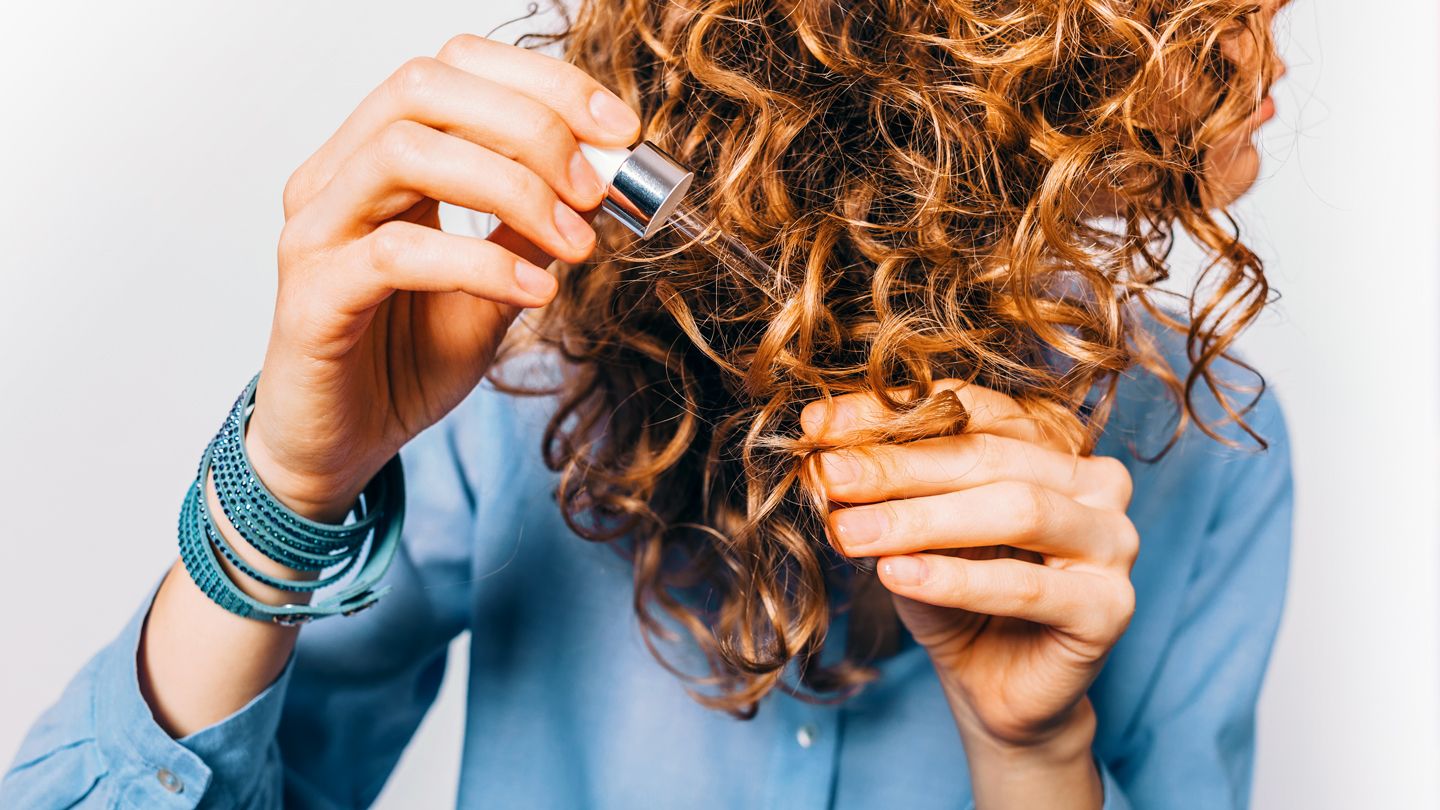
Professional Hair Treatments
Hair Spa Treatments
A hair spa treatment is a professional treatment designed to revitalize and nourish the hair and scalp. It typically involves a deep conditioning treatment, scalp massage, and sometimes a steam treatment. Hair spa treatments can help improve hair texture, repair damage, and promote healthy hair growth.
During a hair spa treatment, a deep conditioning mask or serum is applied to the hair and scalp, followed by a massage to stimulate blood flow and relax the muscles. Some hair spas also incorporate the use of essential oils or other specialized treatments based on individual needs.
Scalp Massages
Scalp massages are not only relaxing but also beneficial for promoting healthy hair. Massaging the scalp stimulates blood circulation, which helps nourish the hair follicles and promote hair growth. It also helps distribute the natural oils from the scalp to the hair strands, providing moisture and shine.
To give yourself a scalp massage, use your fingertips to apply gentle pressure to the scalp in circular motions. Start from the front of the head and work your way to the back, focusing on areas where you feel tension or soreness. You can also incorporate essential oils or a nourishing hair oil into your scalp massage for added benefits.

Hair Serum and Oil Treatments
Hair serums and oils are designed to add moisture, shine, and protection to the hair. They can help smooth out frizz, repair split ends, and make the hair appear healthier and more manageable.
When choosing a hair serum or oil, look for lightweight formulas that won’t weigh your hair down or make it appear greasy. Apply a small amount to the mid-lengths and ends of your hair, avoiding the scalp. You can use these products on damp or dry hair, depending on your preference and the specific product instructions.
Styling Tips for Healthy Hair
Preventing Hair Damage from Styling Tools
While styling tools can be convenient and help achieve various hairstyles, they can also cause damage to your hair if not used properly. To prevent damage:
- Use a heat protectant spray or serum before using hot tools to create a barrier between the heat and your hair.
- Keep the heat setting on your styling tools as low as possible while still achieving the desired style.
- Limit the frequency of heat styling and allow your hair to air dry whenever possible.
- Try alternatives to heat styling, such as using no-heat methods like braiding or incorporating heatless curling techniques.
Protective Styling Options
Protective hairstyles are not only useful for minimizing damage but also for promoting hair growth and length retention. Here are a few protective styling options to consider:
- Braids: Braiding your hair can help protect it from daily manipulation and minimize breakage. Just be sure to avoid styles that are too tight or pulling on your scalp.
- Buns and Updos: Keeping your hair in a bun or an updo can help protect the ends, as they are tucked away and less exposed to friction and environmental factors.
- Head Wraps or Scarves: Wrapping your hair with a silk or satin scarf or using a head wrap can help keep your hair protected while adding a stylish touch.
- Wigs or Extensions: Wearing wigs or extensions can give your natural hair a break from styling and manipulation, allowing it to grow without interference.
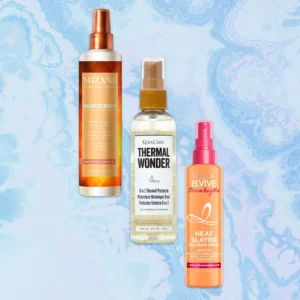
Choosing the Right Hair Accessories
Hair accessories can be a fun way to style your hair while keeping it healthy. However, it’s important to choose accessories that won’t cause damage. Here are a few tips:
- Avoid tight elastics or rubber bands that can cause breakage and leave dents in your hair. Opt for scrunchies or fabric-covered hairbands instead.
- Use hairpins or bobby pins that have rounded edges to avoid snagging or breaking your hair.
- Look for accessories made from materials like silk or satin, which are gentle on the hair and minimize friction.
- Be cautious of hair accessories with sharp edges or metal that can get caught in your hair and cause damage.
Dealing with Hair Loss
Understanding the Causes of Hair Loss
Hair loss can be caused by a variety of factors, including genetics, hormonal changes, medications, and certain medical conditions. Understanding the underlying cause of your hair loss is crucial in determining the appropriate treatment or management options.
Common causes of hair loss include:
- Androgenetic Alopecia: Also known as male or female pattern baldness, this is the most common cause of hair loss. It is primarily genetic and results in thinning of the hair over time.
- Telogen Effluvium: This condition occurs when a large number of hair follicles enter the resting phase prematurely due to factors such as stress, illness, hormonal changes, or certain medications.
- Alopecia Areata: This autoimmune condition causes the immune system to mistakenly attack the hair follicles, resulting in patchy hair loss.
If you are experiencing significant hair loss, it’s best to consult with a dermatologist or a healthcare professional to determine the underlying cause and appropriate treatment options.

Prevention and Treatment Options
While some forms of hair loss may be difficult to prevent or treat, there are steps you can take to minimize the impact and potentially promote regrowth. Here are a few prevention and treatment options to consider:
- Maintaining a Healthy Diet: Proper nutrition can support overall hair health and growth. Ensure you’re getting essential nutrients like proteins, vitamins, and minerals through a balanced diet.
- Gentle Hair Care: Avoid harsh hairstyling practices and minimize the use of heat styling tools. Be gentle when brushing or detangling your hair to prevent unnecessary breakage.
- Topical Treatments: Over-the-counter minoxidil (Rogaine) is a commonly used topical treatment that can help slow down hair loss and promote regrowth. It is available in various strengths and forms.
- Prescription Medications: Some prescription medications, like finasteride, may be prescribed for specific types of hair loss. These medications work by blocking the production of certain hormones that contribute to hair loss.
It’s important to note that results may vary depending on the underlying cause of hair loss, and it’s best to seek guidance from a healthcare professional to determine the best course of action for your individual situation.
Embracing Hair Loss
For some individuals, accepting and embracing hair loss can be a liberating and empowering experience. Going completely bald or opting for a shorter hairstyle can help remove the pressure of trying to maintain hair that is thinning or falling out.
Many people find that embracing their baldness or opting for alternative hair styles allows them to focus on other aspects of their appearance and personality. There are also various organizations and support groups that provide resources and encouragement for individuals experiencing hair loss.
Maintaining Healthy Hair Habits
Regular Trimming
Regular trims are an essential part of maintaining healthy hair. While it may seem counterintuitive to cut your hair when you’re trying to grow it out, regular trims help prevent split ends and breakage, allowing your hair to grow longer and healthier.
It’s generally recommended to get a trim every 6-8 weeks, but this can vary depending on your hair type and individual needs. Working with a professional stylist can help determine the best trimming schedule for your hair.

Getting Enough Sleep
Getting enough sleep is important for overall health, and it also plays a role in maintaining healthy hair. Lack of sleep can contribute to stress and hormonal imbalances, which can negatively affect your hair growth cycle.
Strive for 7-8 hours of quality sleep each night to allow your body to repair and rejuvenate. Establishing a consistent sleep routine and creating a relaxing environment can help improve the quality and duration of your sleep.
Reducing Stress
Stress can have a significant impact on hair health and growth. High levels of stress can disrupt the hair growth cycle, leading to increased shedding and slower regrowth.
Finding healthy ways to manage and reduce stress is important for maintaining healthy hair. Incorporating stress-reducing activities such as exercise, meditation, yoga, or hobbies into your routine can help promote overall well-being and contribute to healthy hair.
In conclusion, understanding hair structure and implementing healthy hair care practices are key to maintaining and promoting healthy hair. From caring for your scalp to choosing the right products and incorporating essential nutrients into your diet, there are numerous steps you can take to ensure your hair is in prime condition. Remember to embrace your unique hair journey and prioritize self-care to achieve and maintain the beautiful and healthy hair you deserve.
The Ultimate Guide to Hair Care(Opens in a new browser tab)
Discover The Power Of Scalp Treatments With Stylish.ae(Opens in a new browser tab)

